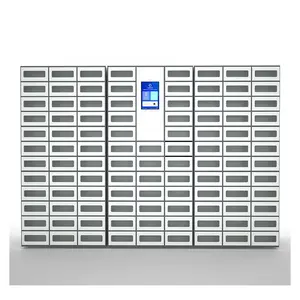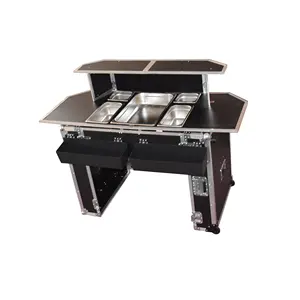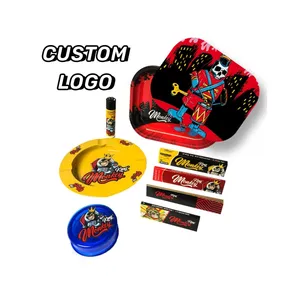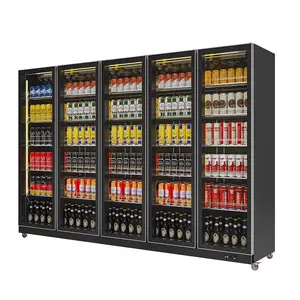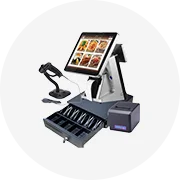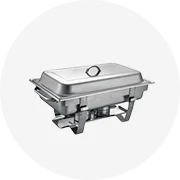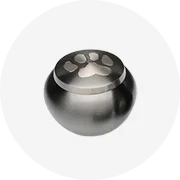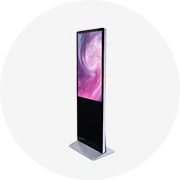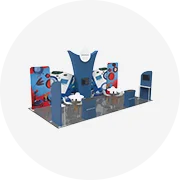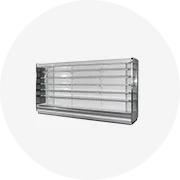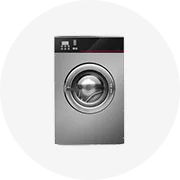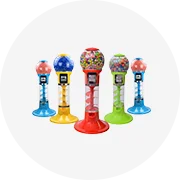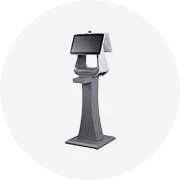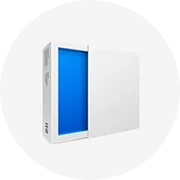Popular in your industry





































































Top categories
About store shelving
Store shelving refers to the fixtures and structures used in retail stores to display and organize merchandise for sale. It typically consists of shelves, racks, and display units. Store shelving is an essential component of retail store design and merchandising. It provides a functional and visually appealing way to display and organize merchandise, enhancing the shopping experience for customers and maximizing sales potential for retailers.
Types of store shelving
Firstly, one of the common types of store shelving is gondola shelving. It consists of freestanding units with adjustable shelves that can be easily configured to fit different product sizes. Gondola shelving is versatile and widely used in various retail environments, including grocery stores, convenience stores, and pharmacies. Another type of store shelving is wall storage shelves. Wall storage shelves are mounted directly onto the walls of a store. They maximize vertical space and are ideal for displaying products that can be hung or placed on shelves. Wall storage shelves are commonly used in clothing stores, bookstores, and hardware stores. In addition, end cap displays are store shelving units located at the end of store aisles. They are highly visible and used to showcase featured or promotional products. End cap displays are effective in capturing customer attention and driving impulse purchases. Furthermore, Slatwall retail shelving units feature panels with horizontal grooves that can accommodate various accessories, such as shelves, hooks, or baskets. They provide a customizable and versatile solution for displaying a wide range of products, including clothing, accessories, or small items. Finally, there are pegboard displays. They consist of perforated boards with pegs or hooks that can hold various products. They offer flexibility in arranging and rearranging merchandise, making them suitable for stores with frequently changing inventory, such as craft stores or hardware stores.
Uses of store shelving
Inventory organization: Retail store shelving helps retailers effectively organize their inventory. By categorizing and arranging products on shelves, it becomes easier to locate and restock items. Proper inventory organization ensures that products are readily available for customers and minimizes the risk of stockouts.
Space optimization: Store shelving allows retailers to maximize available space. By utilizing vertical space and implementing efficient shelving layouts, retailers can display a larger quantity and variety of products, increasing the sales potential of the store.
Visual merchandising: Store shelving plays a crucial role in visual merchandising. It provides a platform to create visually appealing displays that attract customers and encourage them to explore and make purchases. Retailers can use shelving techniques such as color coordination, product grouping, or strategic placement to enhance the visual impact of their merchandise.
Flexibility and adaptability: Store shelving is often adjustable or customizable, allowing retailers to adapt to changing needs or seasonal demands. Retailers can easily reconfigure the shelving layout to accommodate different product sizes, promotions, or store layout changes.

